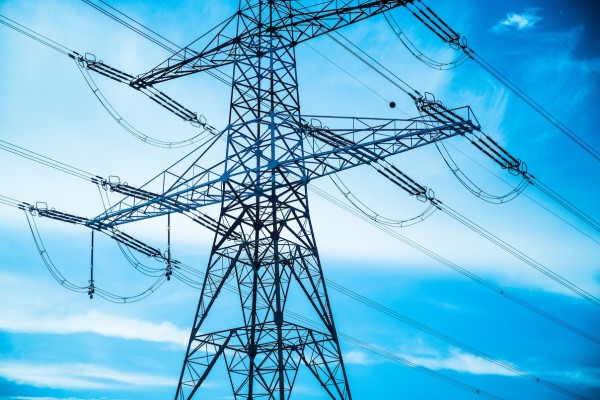EU Action Plan for Grids – Will It Deliver?
In recognition that the energy transition needs a radical acceleration of the delivery of grid at many levels, the European Commission announced the EU Action Plan for Grids in November 2023. Six months on, the seeds of progress are beginning to be seen, but is there enough in the plan to deliver on time for 2030 targets?

EU Action Plan for Grids – Will It Deliver?
In recognition that the energy transition needs a radical acceleration of the delivery of grid at many levels, the European Commission announced the EU Action Plan for Grids in November 2023. Six months on, the seeds of progress are beginning to be seen, but is there enough in the plan to deliver on time for 2030 targets?
The European Commission says that grid capacity needs to double by 2030 and that over €580 billion of investment in grid is necessary in that timeframe. All eyes are on the flagship projects known as Projects of Common Interest or Projects of Mutual Interest, that will interconnect European member states to help flows of renewables across jurisdictions or connect offshore wind projects with multiple member states. But the biggest requirement is actually the upgrade of existing distribution networks throughout Europe. It is estimated that up to €400 billion is needed to digitise and upgrade our 40-year-old distribution networks.
The action plan aims to join up the dots on a number of pan-European grid issues, with a heavy emphasis on removing policy or financial obstacles to accelerate delivery. Take network planning for example. The plan aims to get cross-border collaboration on allocation of costs to invest ahead of the curve on grid projects that anticipate future needs of two or more states. It also aims to influence ways in which system operators can improve grid connection, moving away from the first come first serve model, to prioritise areas that most need clean power or technologies that would most benefit the transition agenda. In particular, the Commission states outright that it wants to steer network system operators to ensure EVs, rooftop solar, electrical heating and hydrogen are taken into account in their plans.
Other actions in the plan include improved network tariffs for innovative technologies, finding new ways of access to finance the scale of investment needed and seek harmonisation of grid code specifications, to enable supply chain manufacturers to scale up for faster deployment and at scale.
On first read, the Action Plan comprises a range of sensible top-down policy guidelines, but the question arises – will it deliver? Bold, radical change is required and our view is that the Action Plan neither has access to enough “carrot” (through financial incentives) or “stick”, through legislative teeth, to drive the level and speed of change that is required.
Of the €584 billion investment that the Commission says is required, the only financial support that appears to be directly tied to the Action Plan is funding towards the Projects of Common and Mutual Interest. But even this is inadequate. 85 such projects are on the latest list published at the same time as the Action Plan which are eligible to apply for the Connecting Europe facility. Unfortunately, only €6 billion of that €34 billion facility is earmarked for energy projects, with some €26 billion earmarked for transportation projects.
When it comes to “stick”, the Action Plan is just as it is called, a plan of action that works alongside legislative frameworks such as TEN-E, RePower EU or Net Zero Industrial Act legislation. The Commission is working with actors such as the European wide transmission networks (ENTSO-E) and distribution networks (DSO Entity) or the European association of energy regulators (ACER), each of whom have started consultations where necessary and are working hard to share practices and findings across their memberships. But ultimately, change has to be delivered at pace by the member states’ system operators.
As an investor in the energy transition reliant on joined up thinking on grid planning and faster delivery of connection, our focus is on whether the Action Plan can reduce grid connection queues and help move more clean power electrons through the system, whether already built or to be built.
First and foremost, system operators should prioritise projects that fit strategic network needs. We would also like to see more focus on hiring and retention of skilled talent to plan and deliver connections. We would like to see more use of legislative support where necessary, for grid capacity projects of strategic importance to enable system operators deliver badly needed grid, electrical storage and ancillary system services a lot faster. We agree that standardisation of specifications can help both cost and speed of supply chain. System operators should provide more space for innovative technologies, whether longer duration storage or technologies that help free up latent grid capacity to optimise the grid systems already in the ground. An immediate action would be to ensure more full usage of existing connections by allowing hybrid use, with a clear and common set of hybrid connection conditions. Accountability is also key. Currently in many jurisdictions, there are limited or no consequences to system operators for delays or cost overruns for project delivery.
With more focus on the immediate issue of accountability in reducing grid connection queues overlayed with broader future looking goals, this plan has all the ingredients of success. Proof of its effectiveness will be in its execution and the tangible results it produces over time. Watch this space.